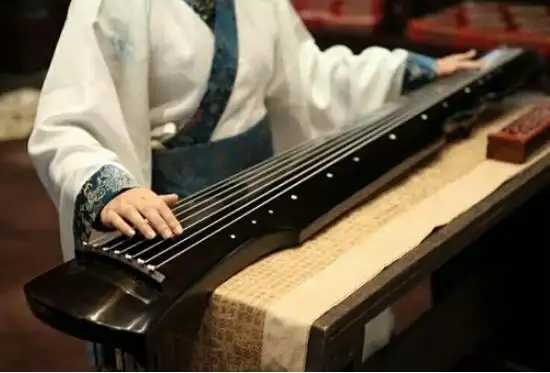King of Qin breaking array music: the treasure of Tang Dynasty music culture
The "King of Qin breaking the Army music", also known as the "Seven Morals dance", is a famous court music and dance in the early Tang Dynasty of ancient China, which originated from a series of major battles that Li Shimin, the founding emperor of the Tang Dynasty, personally participated in and commanded during the war period. This piece of music is not only an artistic reproduction of Taizong's outstanding military ability and brilliant war achievements, but also a symbol of prosperity and cultural self-confidence in the early Tang Dynasty.

The inspiration for the creation of "King of Qin Breaking Army Music" comes from the great course of Taizong's early years in the late Sui Dynasty and early Tang Dynasty to put down the four sides and unify China, especially his great defeat of the Turks on the shore of the Wei River, and the great feat of destroying the separatist forces around the country after the initiation of the army in Taiyuan. With its powerful and passionate melody, the music vividly depicts the heroic scene of Li Shimin, king of Qin, leading the army to charge into the battle and be invincible, showing the vigorous momentum of the Tang army sweeping the thousands of troops.
The music and dance enjoyed a very high status in the court of the Tang Dynasty, and were performed on important celebrations or diplomatic occasions to demonstrate national strength and imperial grandeur. Its music style is vigorous and powerful, the rhythm is clear, not only the bold and rough of the northern ethnic group, but also the integration of the central Plains delicate and elegant, fully embodies the early Tang Dynasty eclectic cultural characteristics.
As a representative piece of ancient Chinese court music and dance, "King Qin Breaking the Battle" not only occupies a pivotal position in the history of Chinese music, but also has a profound impact on later generations. It records a magnificent history in the form of art, and has become a shining pearl in the treasure house of Chinese national music culture. Inherited to this day, it can still arouse people's endless imagination and deep admiration for the prosperous Tang Dynasty with numerous heroes and strong national strength.
 渝公网安备 50010702504639号
渝公网安备 50010702504639号